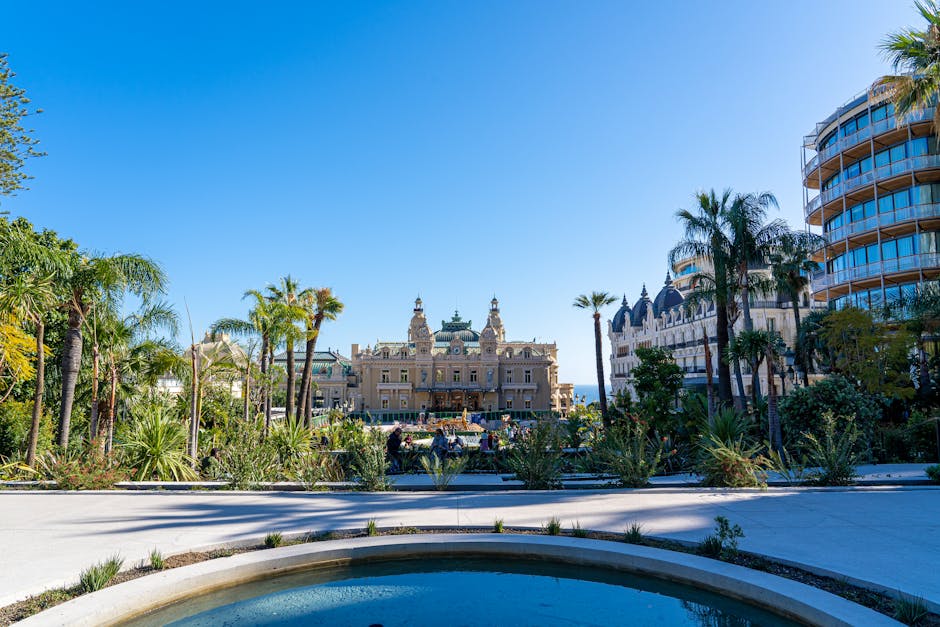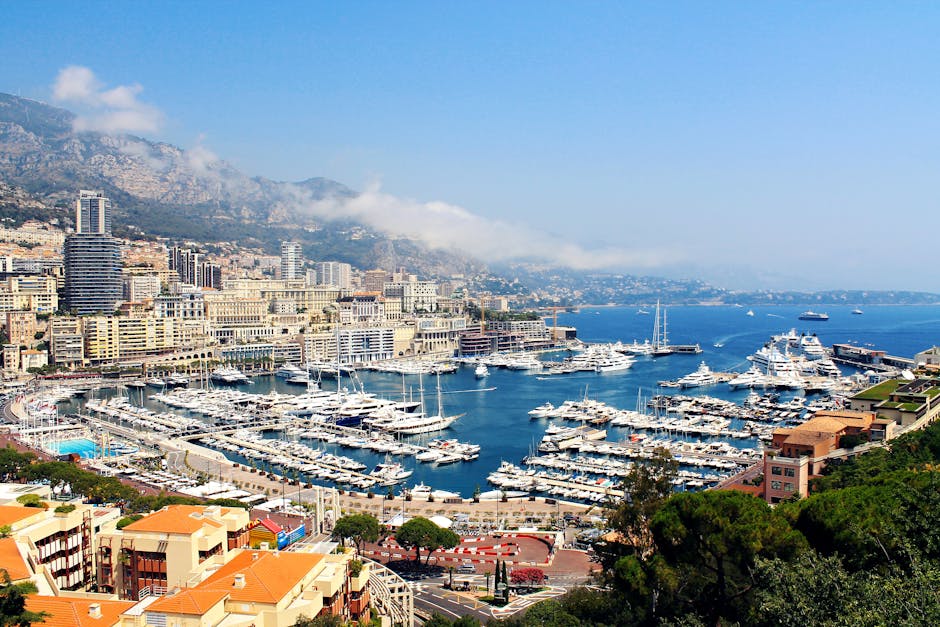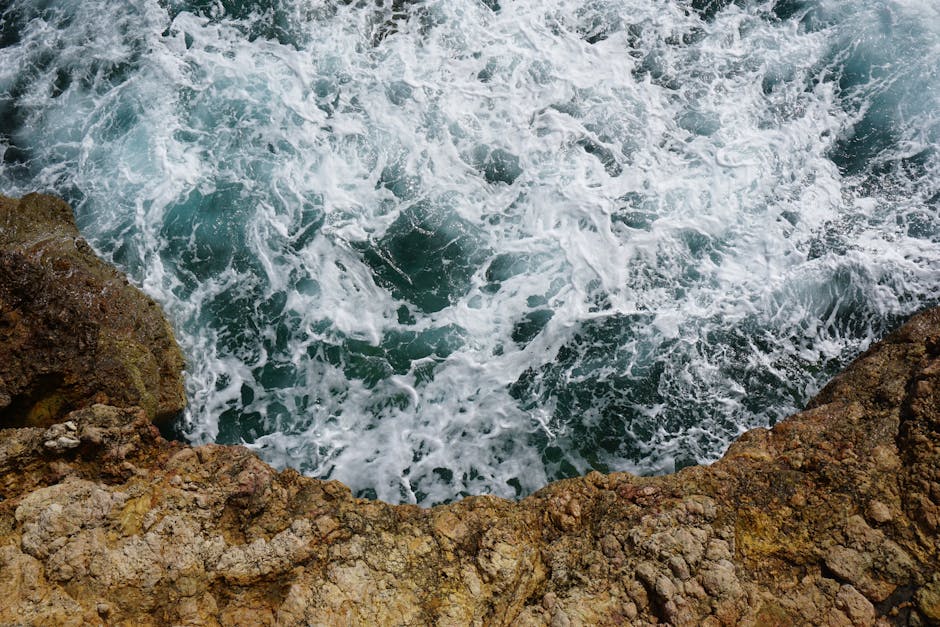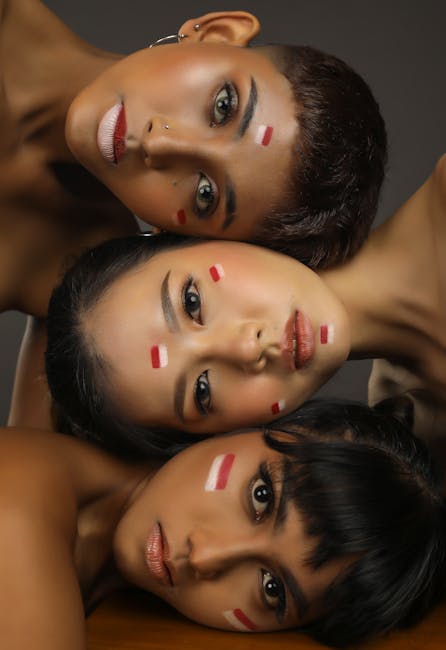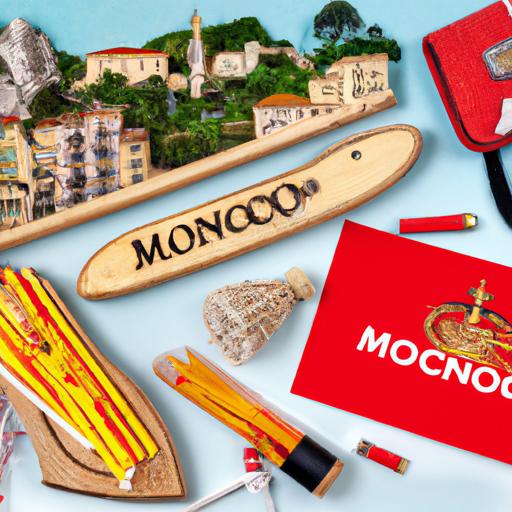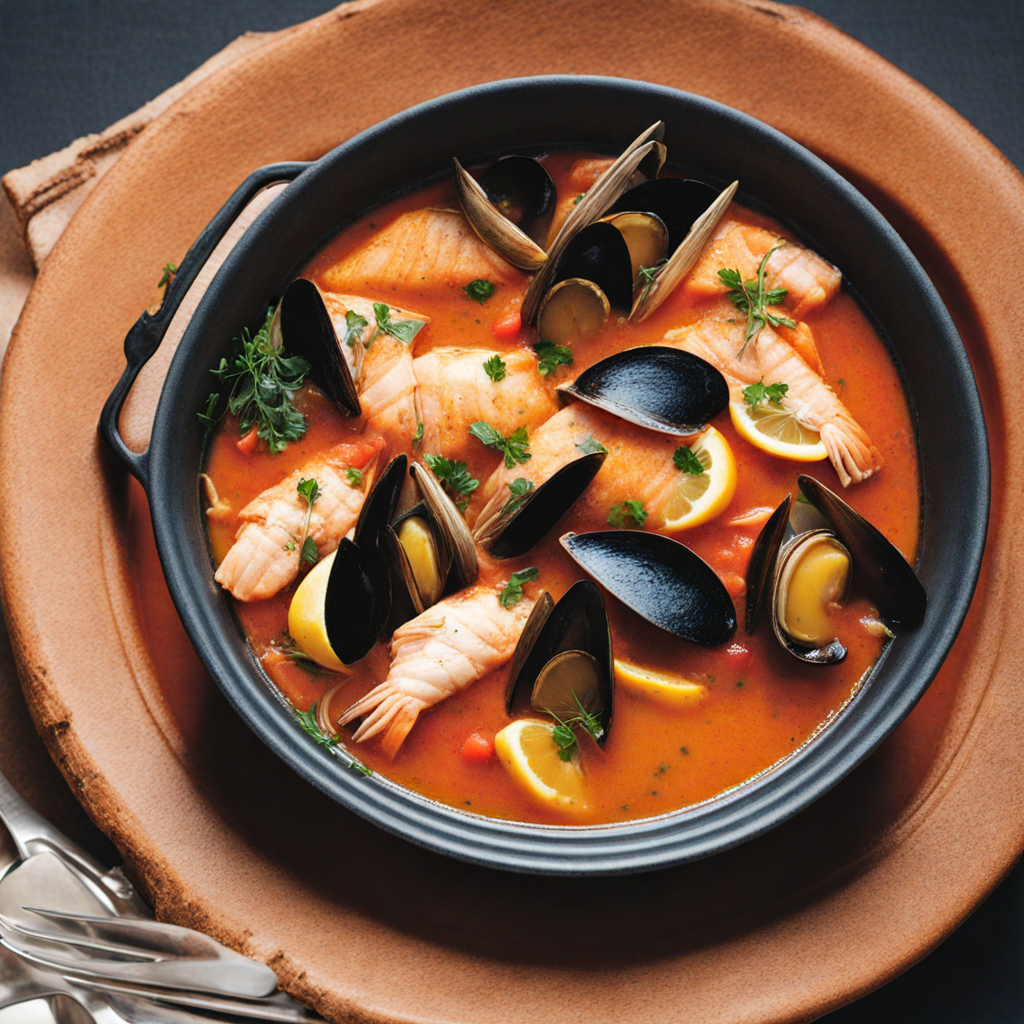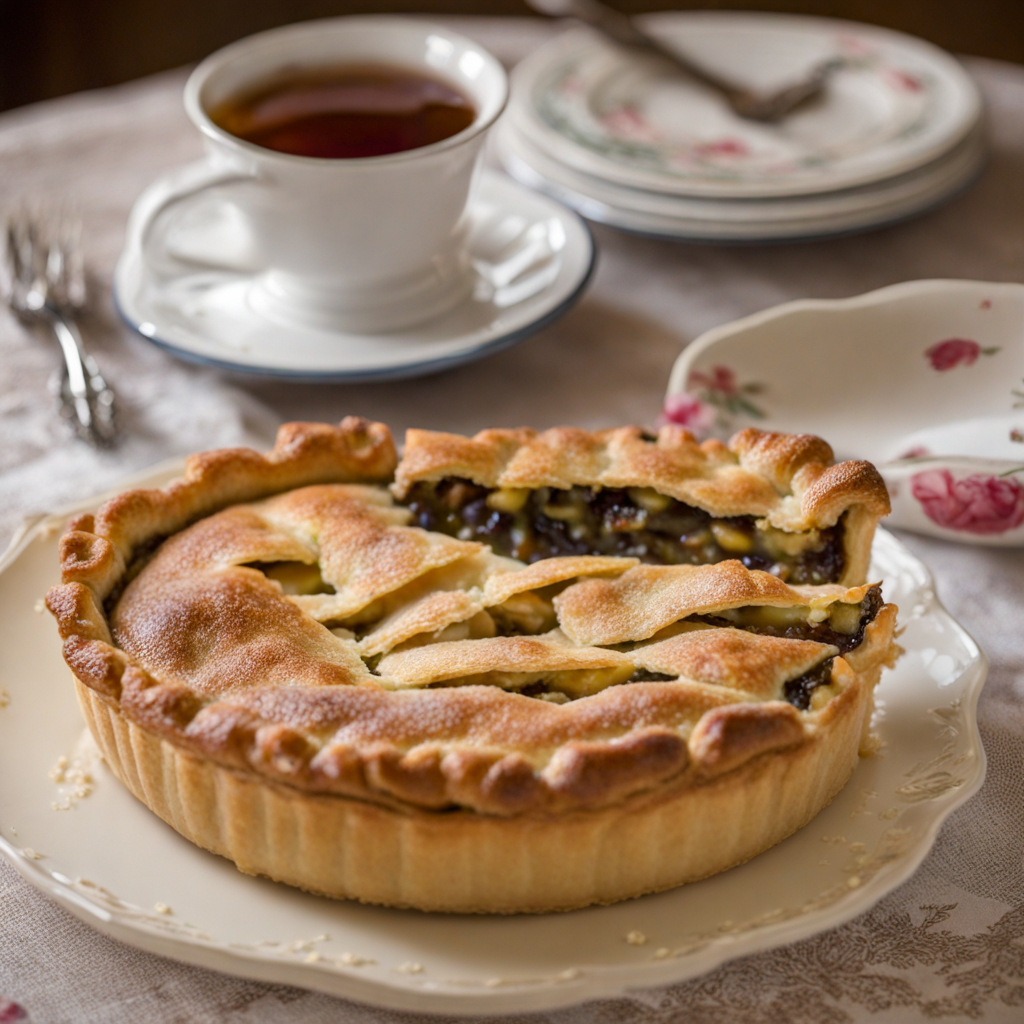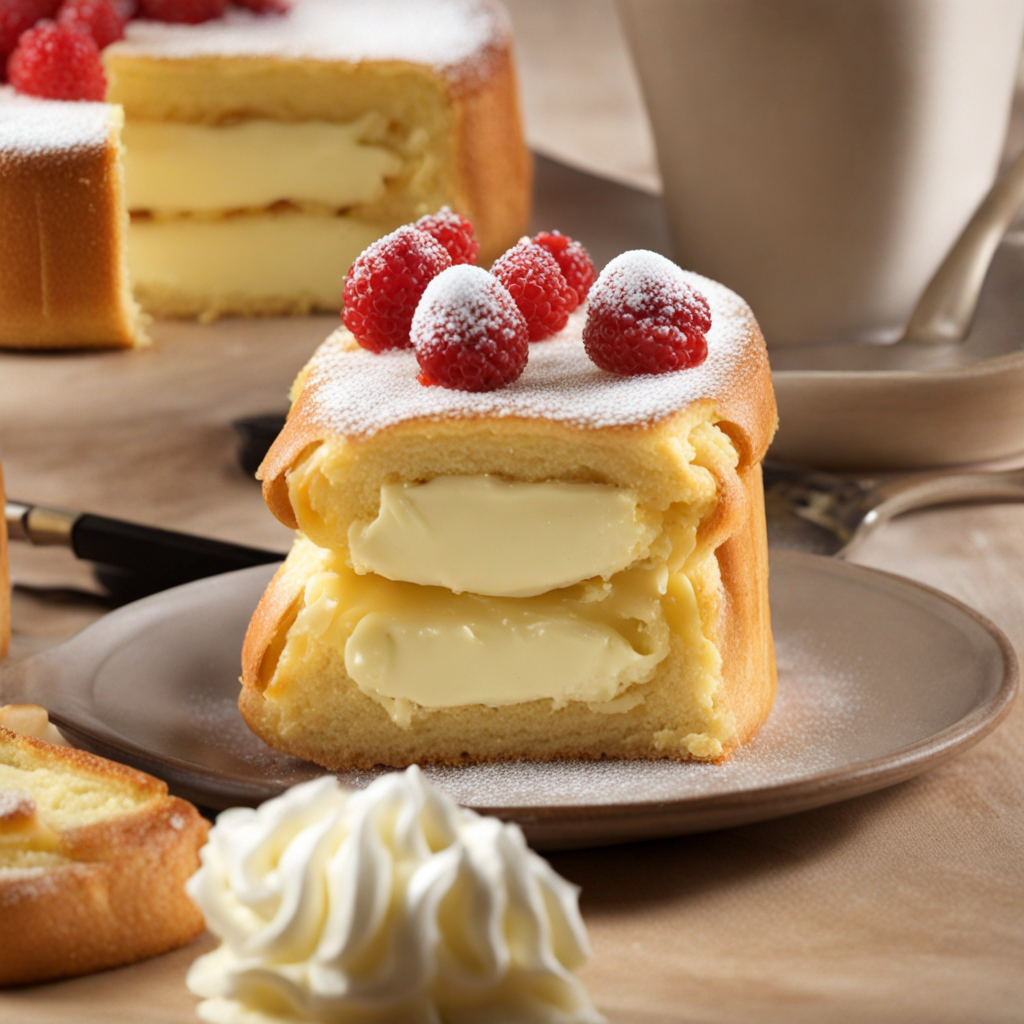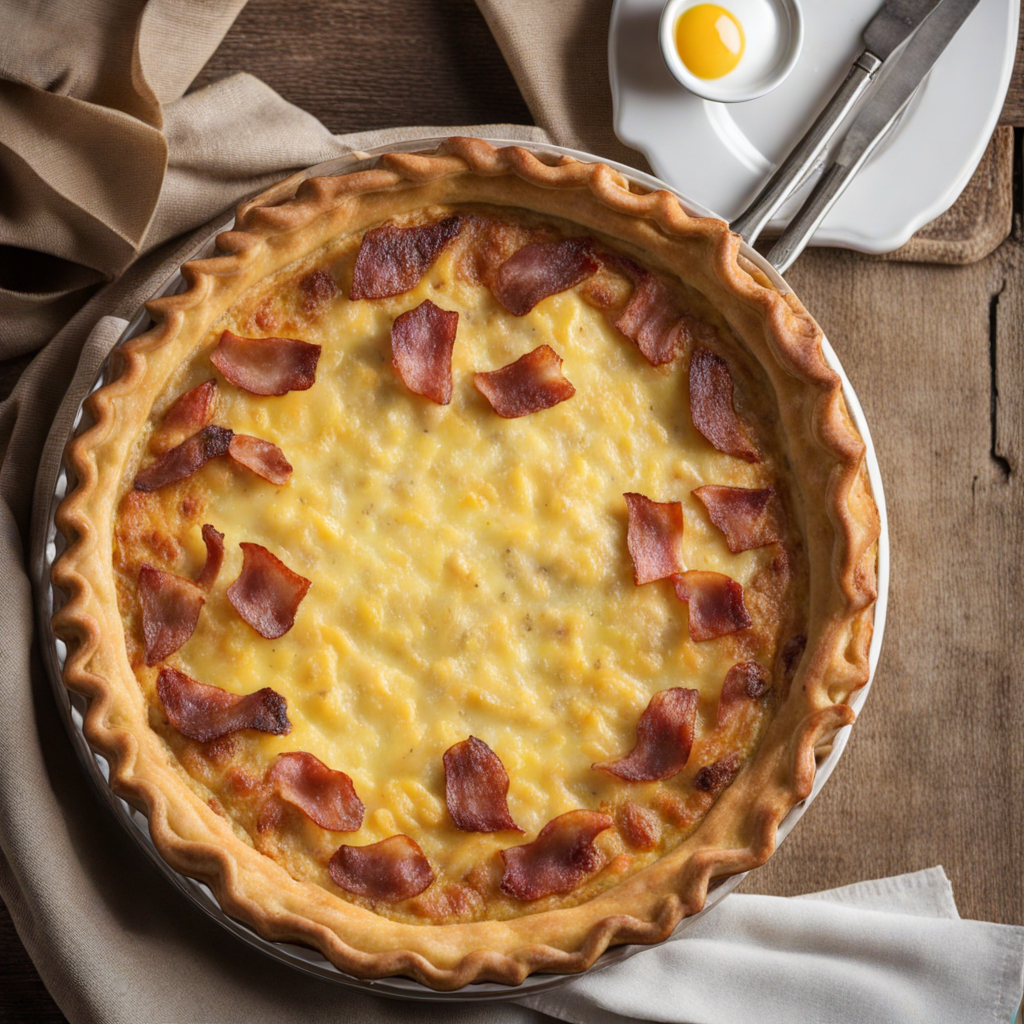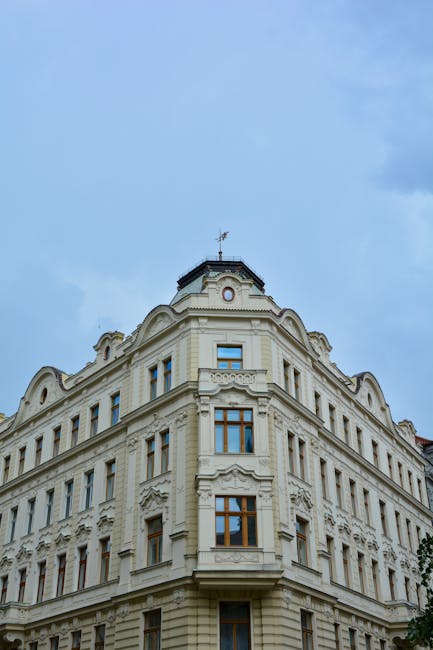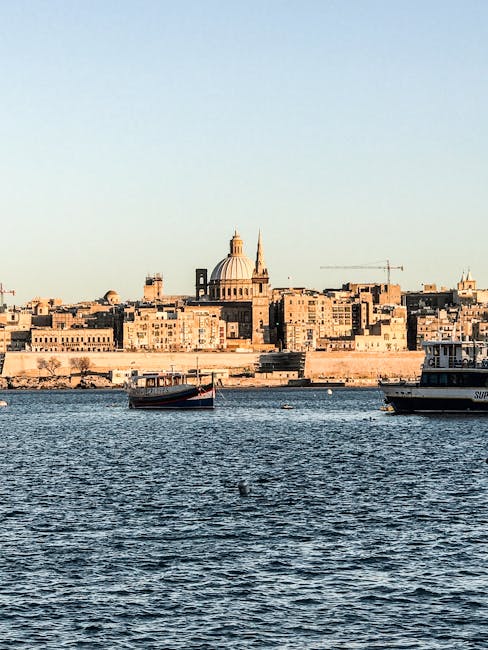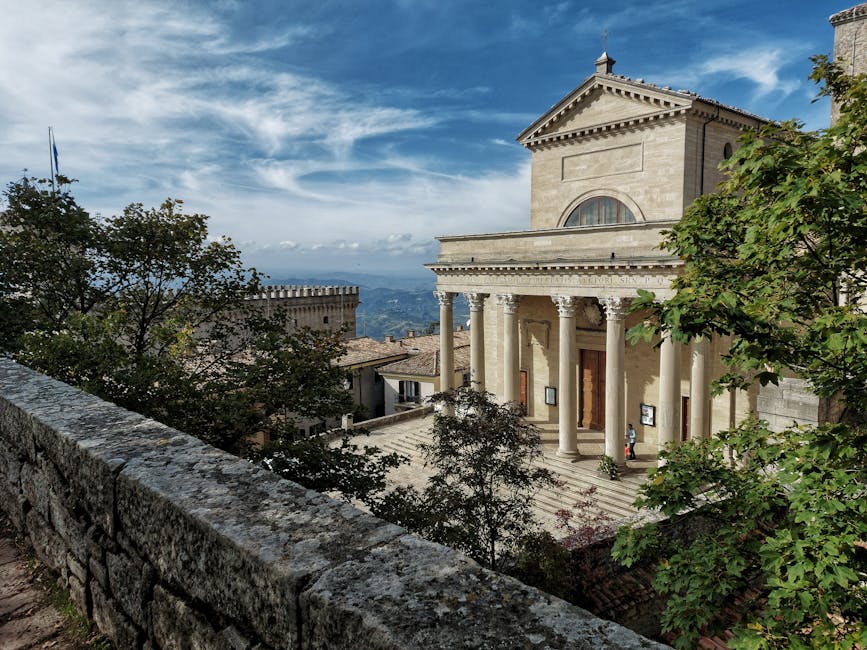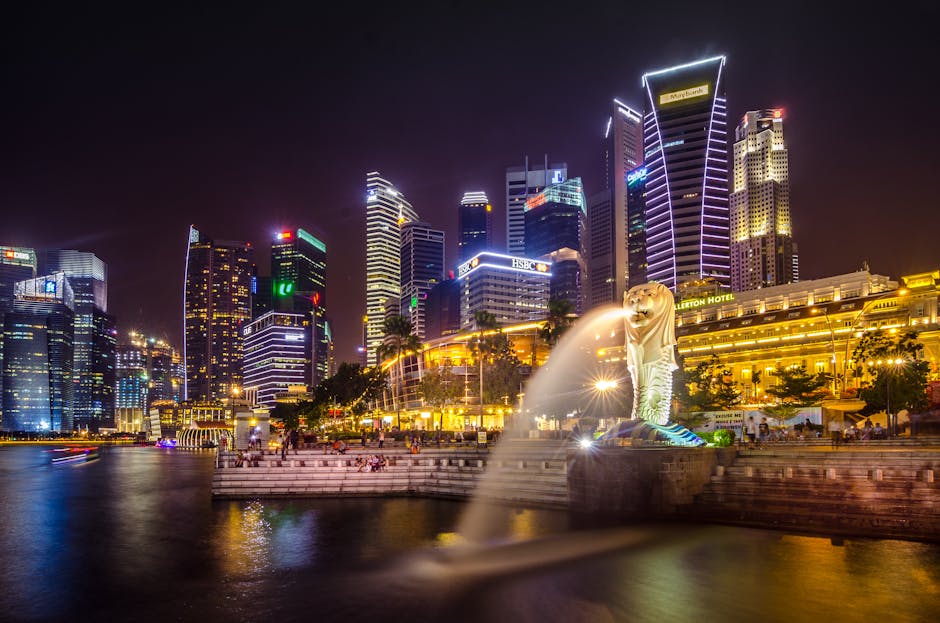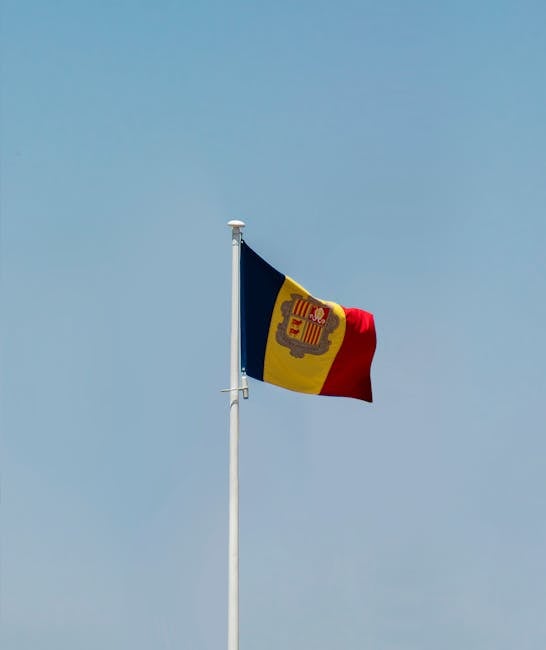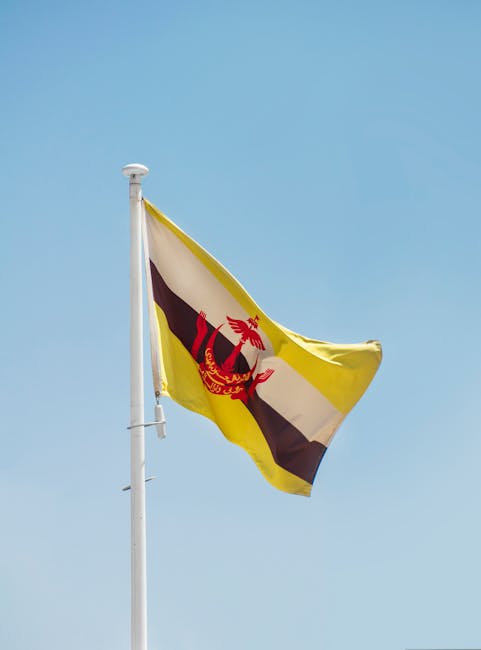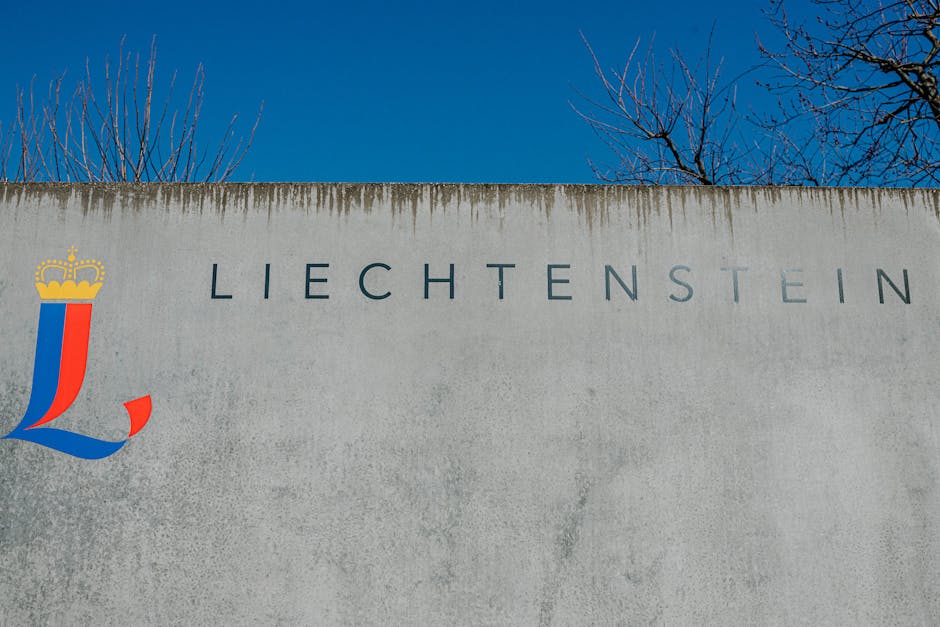Monaco
Overview
Monaco, the second smallest country in the world, is a glamorous city-state located on the French Riviera. Known as the playground for the rich and famous, it is filled with luxurious hotels, casinos, and yacht-lined harbors. The country is unique due to its status as a tax haven and its prestigious annual events such as the Formula One Grand Prix. The culture of Monaco is heavily influenced by French and Italian traditions, but it also retains its own unique charm, particularly in its historic quarter, Monaco-Ville.
The high season for tourism in Monaco is during the summer months from May to August. The weather during this time is typically Mediterranean, with clear, warm days and mild, pleasant nights. The Monaco Grand Prix, held in May, is a major draw for tourists. Besides that, visitors can enjoy a range of activities such as yachting, sunbathing at Larvotto Beach, exploring the exotic garden and observation cave, or visiting the Oceanographic Museum. The country also offers high-end shopping, world-class dining, and exciting nightlife.
Before visiting Monaco, it is important for travelers to prepare adequately. Although Monaco uses the Euro, the cost of living is quite high, and budgeting is essential. It's also good to remember that the official language is French, though English and Italian are widely spoken. Monaco is a safe country, but travel insurance is recommended for unforeseen circumstances. Considering the hot summer weather, packing light clothing, sunscreen, and a hat is advisable. However, for dining in upscale restaurants or attending special events, smart casual or formal wear may be required. Also, the country is largely pedestrian-friendly, so comfortable walking shoes are a must.
A Glimpse into the Past
Monaco, a small yet captivating principality nestled along the French Riviera, boasts a rich history that intertwines with its unique geography and strategic location. This microstate is known for its opulence and glamour, yet beneath the surface lies a past that has shaped its present identity.
Founded in 1215, the history of Monaco is closely associated with the Grimaldi family, who have ruled the region for over seven centuries. The fortress of Monaco-Ville, also known as the Rock of Monaco, became the family's stronghold. In 1297, François Grimaldi, disguised as a monk, seized the fortress by trickery, marking the beginning of the Grimaldi dynasty. This clever maneuver established the family's long-standing control over Monaco, which has endured through political turmoil and social change.
In the following centuries, Monaco navigated a complex relationship with its powerful neighbors. The principality was often caught between larger states, including France and Italy. In 1641, Monaco signed a treaty with France, securing its sovereignty but also establishing a protectorate status. This treaty allowed Monaco to maintain a degree of autonomy while relying on French support, a relationship that continues to influence the principality’s politics today.
The 19th century marked a significant turning point in Monaco's development. Under the reign of Prince Charles III, who ascended the throne in 1856, Monaco transformed from a struggling territory into a glamorous destination. In 1863, he opened the Casino de Monte-Carlo, which became the cornerstone of Monaco’s economy. The casino attracted wealthy visitors and helped finance the principality’s infrastructure and cultural development. This era also saw the construction of the famous Opéra de Monte-Carlo, which further established Monaco as a cultural hub.
As the casino thrived, Monaco’s reputation as a luxurious retreat grew. The Belle Époque brought an influx of elite visitors, including royalty and celebrities, who sought entertainment and leisure along the sun-kissed shores of the French Riviera. The growth of tourism prompted further investments in hotels, restaurants, and other amenities, solidifying Monaco’s status as a premier destination.
However, the prosperity of the late 19th century was not without its challenges. The early 20th century saw the decline of the casino's revenues due to competition from other gambling establishments. In response, the Grimaldi family sought to diversify the economy. The establishment of the Monaco Grand Prix in 1929 was a bold move that revitalized the region. This prestigious automobile race not only attracted international attention but also solidified Monaco’s association with speed, luxury, and excitement.
World War II brought significant disruption to Monaco. The principality was occupied by Italian forces in 1943 and subsequently by the Nazis. The Grimaldi family fled to safety during the occupation, and the casino was closed. After the war, Prince Rainier III returned to restore the principality, focusing on modernization and economic diversification.
A pivotal moment in Monaco’s recent history occurred in 1956 when Prince Rainier III married American actress Grace Kelly. This union captivated the world and brought an air of glamour and celebrity to the principality. Princess Grace became an influential figure, championing various charitable causes and promoting Monaco as a cultural destination. Her legacy continues to be celebrated in Monaco, with the Princess Grace Foundation supporting the arts and education.
In the latter half of the 20th century, Monaco underwent significant infrastructure development. The construction of the Monaco Harbor and the expansion of the casino complex reflected the principality's commitment to maintaining its allure. The Monte-Carlo Casino, adorned with stunning architecture and luxurious interiors, remains a symbol of wealth and sophistication.
Monaco's economy diversified further in the 21st century, focusing on sectors such as finance, technology, and real estate. The principality has positioned itself as a tax haven, attracting businesses and wealthy individuals from around the globe. The Monaco Economic Board plays a crucial role in promoting the principality's business environment, enhancing its status as a global financial center.
Culturally, Monaco has embraced its status as a hub of artistic expression. The Monaco Philharmonic Orchestra and the Monaco Ballet showcase the principality's commitment to the arts. The Monaco Museum of Antique Automobiles displays a remarkable collection of vintage cars, reflecting the region's automotive heritage.
For travelers, Monaco offers a unique blend of history, culture, and luxury. Visitors can explore the charming streets of Monaco-Ville, visit the Prince's Palace, and witness the ceremonial changing of the guard. The Oceanographic Museum, founded by Prince Albert I, is a must-see for those interested in marine science and conservation.
The Monte Carlo Casino continues to attract visitors, offering an opportunity to experience the thrill of gaming in an opulent setting. The nearby Jardin Exotique features stunning views of the Mediterranean and showcases a diverse collection of succulents and exotic plants.
Monaco’s annual events, such as the Monaco Grand Prix and the Monte-Carlo International Circus Festival, draw thrill-seekers and culture enthusiasts alike. The blend of high-end shopping, gourmet dining, and vibrant nightlife ensures that visitors experience the best of what this small yet luxurious principality has to offer.
In conclusion, Monaco’s history is a tapestry woven from tales of cunning, resilience, and transformation. From its medieval origins to its status as a modern-day playground for the rich and famous, Monaco continues to fascinate travelers with its intriguing blend of history, culture, and luxury. Each corner of this principality tells a story, inviting visitors to immerse themselves in its enchanting narrative.
Top cities for tourists in Monaco
Discover the Famous Cities That Might Captivate Your Interests
Must-Try Foods You Can't Afford to Miss
Indulge in a Variety of Fantastic Foods During Your Stay in Monaco
May Be Your Next Destinations
People often choose these countries as their next destination


